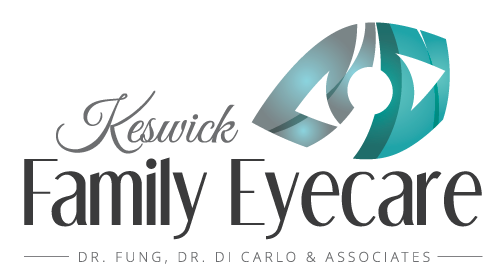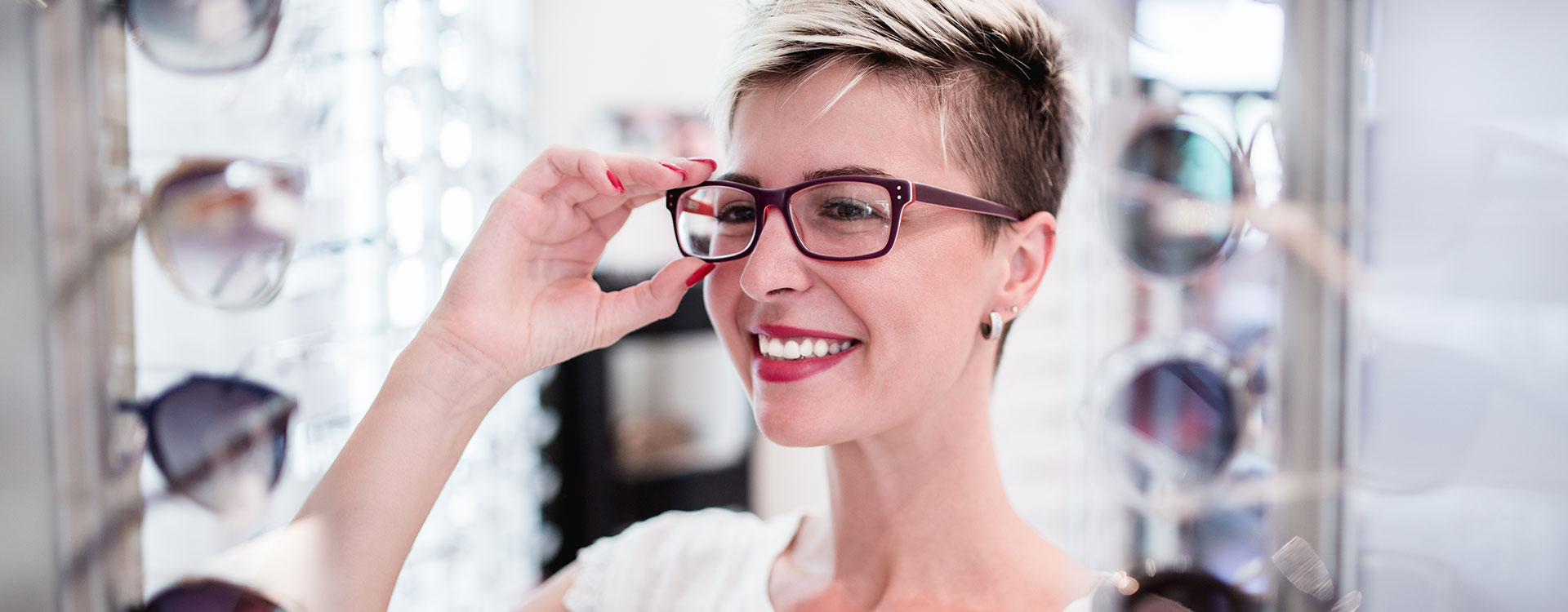Corneal Abrasions: Do They Damage Your Eyes?
The human eye is not a particularly tough organ. It’s soft, exposed, and an essential part of our everyday lives. As such, it’s no surprise that eyes sustain injuries every day. The most common of these injuries is the corneal abrasion.
A corneal abrasion is really just a cut or scratch on your cornea; the clear part of your eye covering your pupil. This abrasion makes your eye much more susceptible to bacteria and infection, meaning you should see a doctor immediately for treatment.
The Daily Risk of Corneal Abrasion
Anyone with corneas is at risk of corneal abrasion. Like any cut or scrape, this kind of abrasion can happen almost any time from anything. Pets, fingers, crafting supplies, tree branches… really anything could cause a corneal abrasion. But while these examples are objects you could literally see coming. The reality isn’t always quite so clear.
Every so often, a granule of sand, speck of dust, or tiny metal shaving can make contact with the eye. These sorts of foreign objects can cause significant abrasions, particularly if the eye is rubbed. For that reason, you should never rub your eye if there’s a foreign object embedded in it. Instead, flush your eye out with clean, cool water. If that doesn’t wash out the object, you could try gently tapping the object with a clean cotton swab. If the object doesn’t come away and remains embedded in your eye, pursue emergency medical help right away.
Dry Eye as a Cause of Corneal Abrasions
One particularly menacing cause of corneal abrasions is dry eye. Without the right amount or quality of tears, the eye is no longer properly lubricated; becoming sticky and rough-feeling. In some cases, the patient’s cornea will stick to the inside of the eyelid during sleep. When they wake, the eyelid tears away from the cornea; causing a painful and irritating corneal abrasion.
Symptoms
Immediately after a corneal abrasion, the patient often experiences significant tearing, pain or irritation, and sometimes difficulty opening the affected eye. Often the eye becomes red and swollen, causing headaches, blurry vision, and maybe even nausea.
Don’t Wait – Seek Help
A corneal abrasion should be considered a medical emergency. Keswick Family Eye Care keeps emergency appointments every day for situations just like this. Don’t put your precious gift of sight at risk; talk to a doctor right away.
Treatment
The intensity of the treatment depends on the severity of the abrasion. However, a doctor will prescribe antibiotics in most cases to rule out infection. Some abrasions are treated with a special contact lens which functions like a bandage; allowing the cornea to heal without interruption or introduction of bacteria.
You should not wear your own contact lenses over a corneal abrasion. This significantly increases the eye’s risk of infection. Your doctor will inform you when it’s safe to start wearing your contact lenses again.


